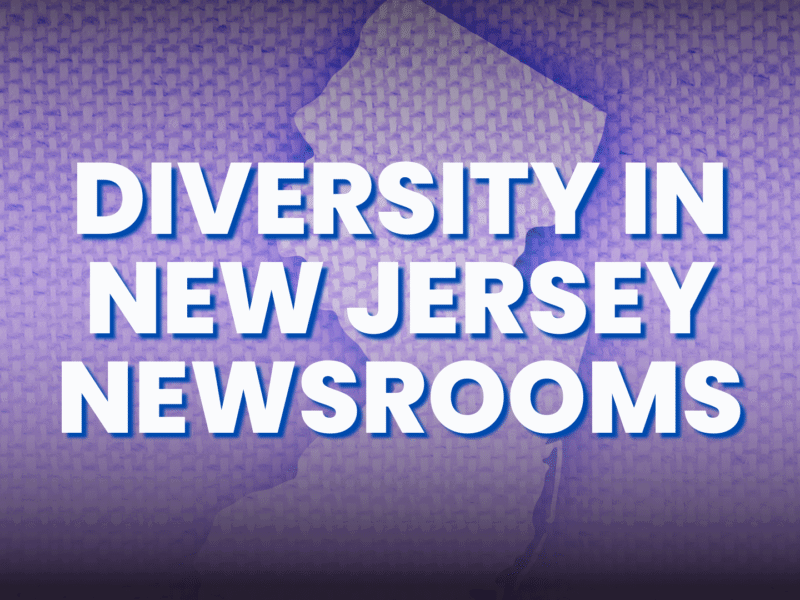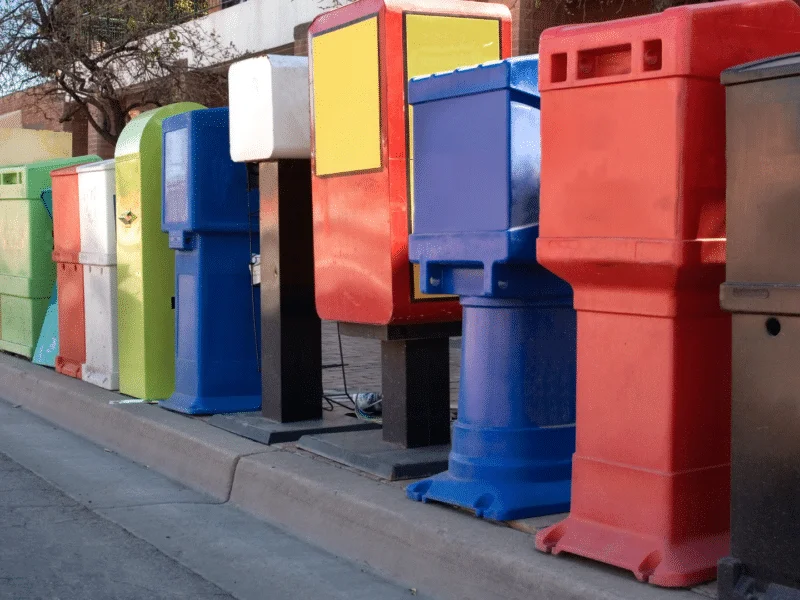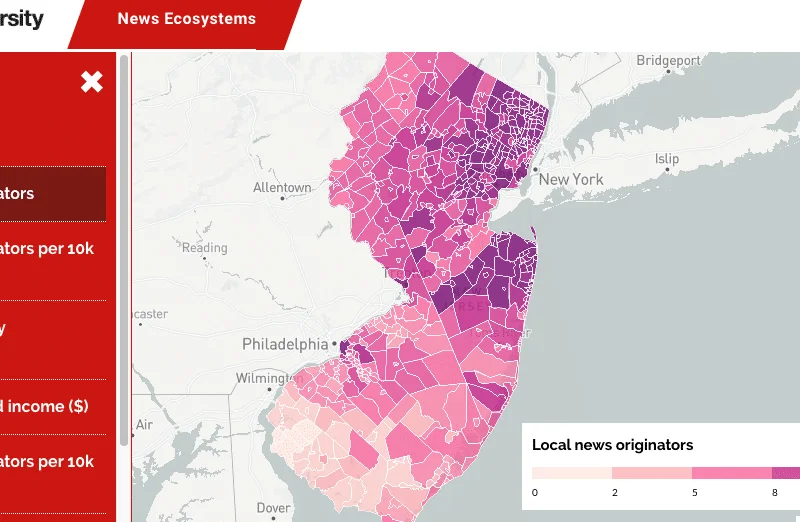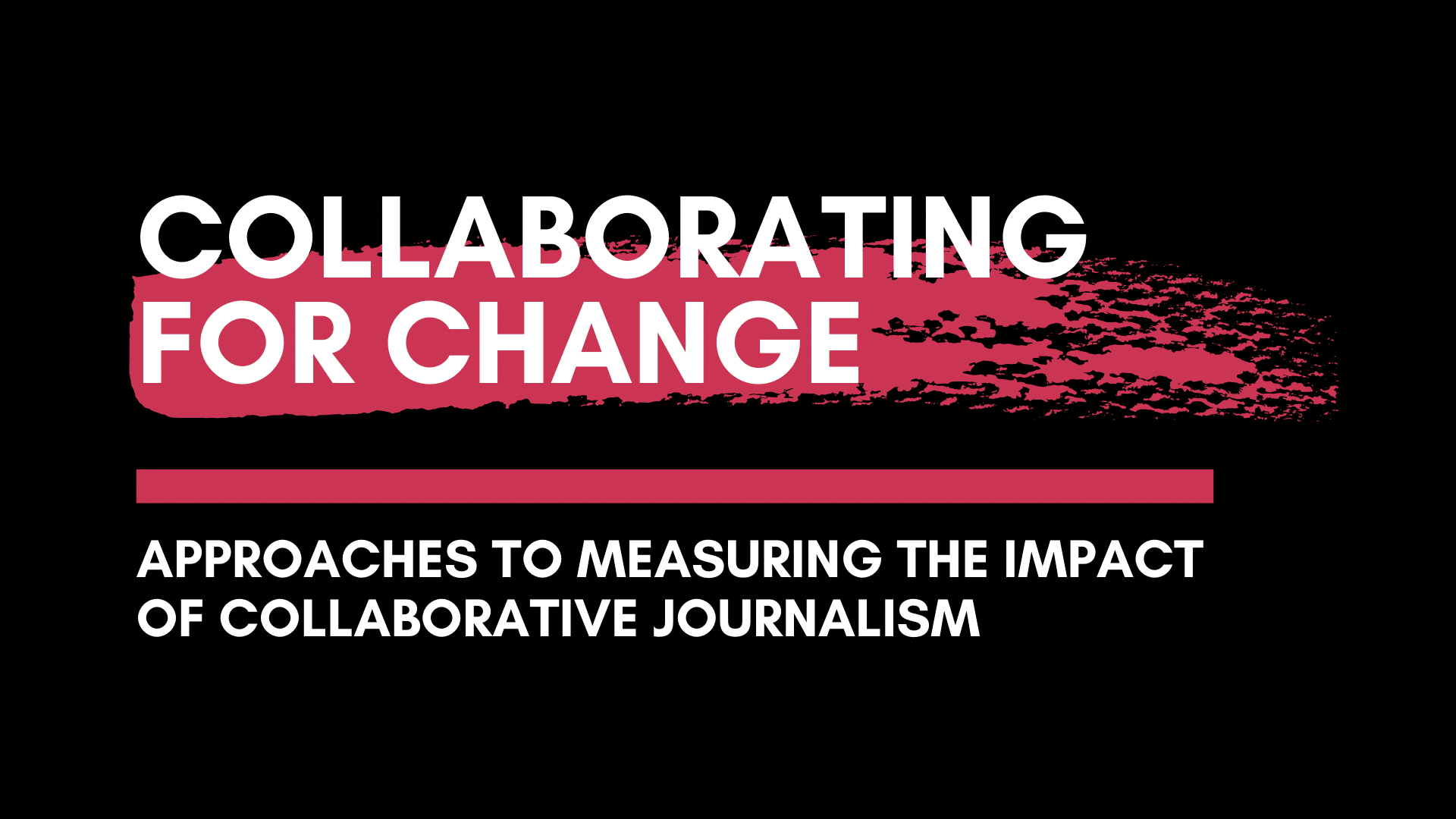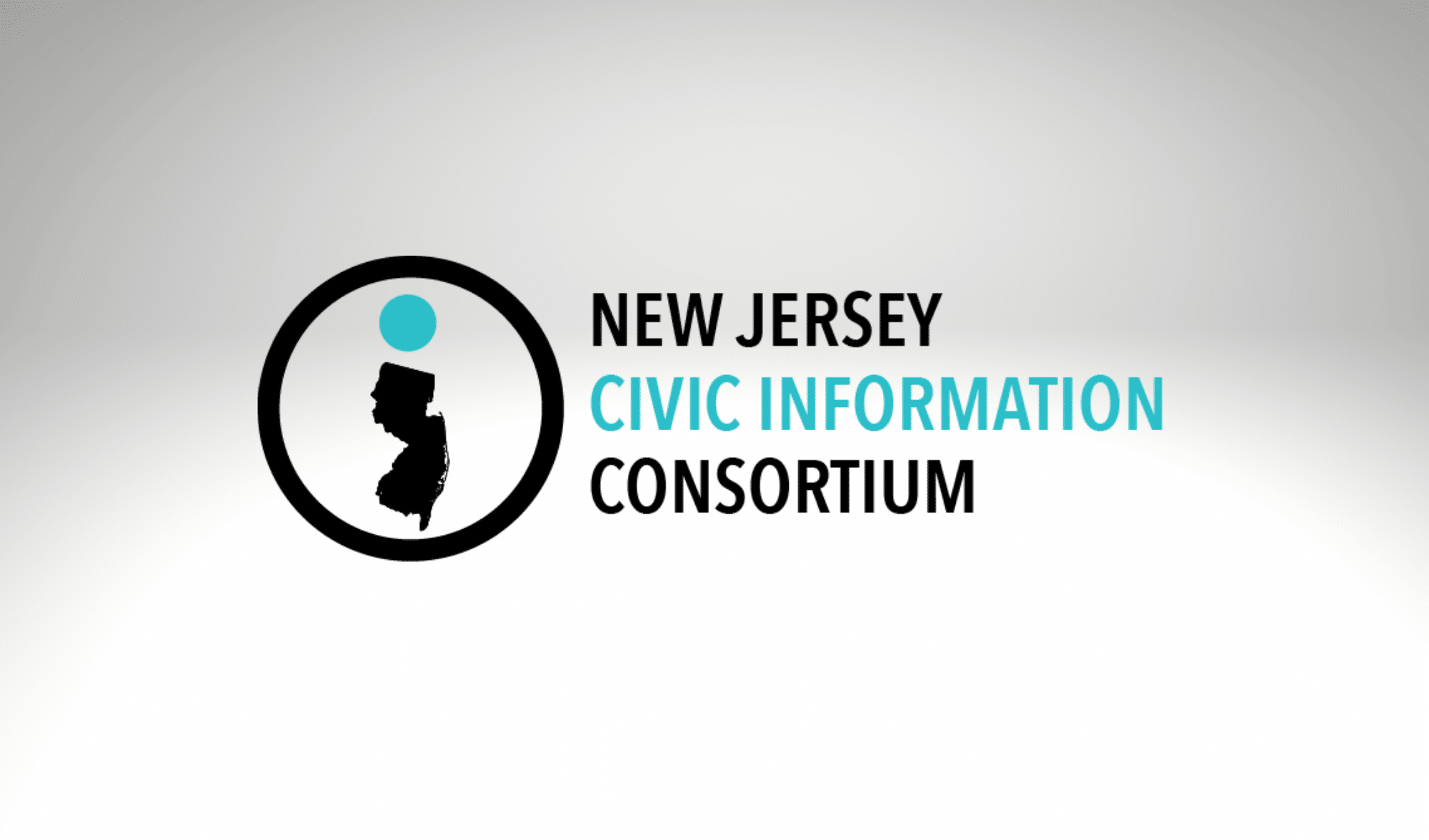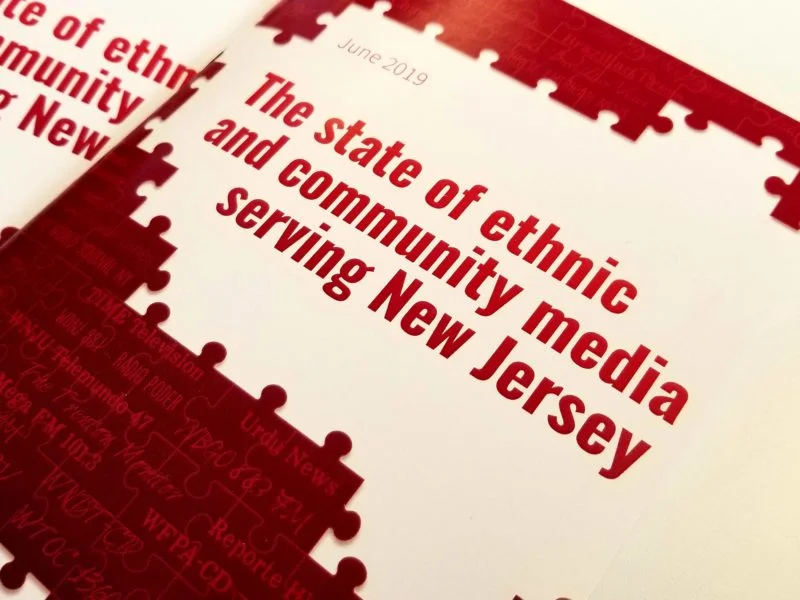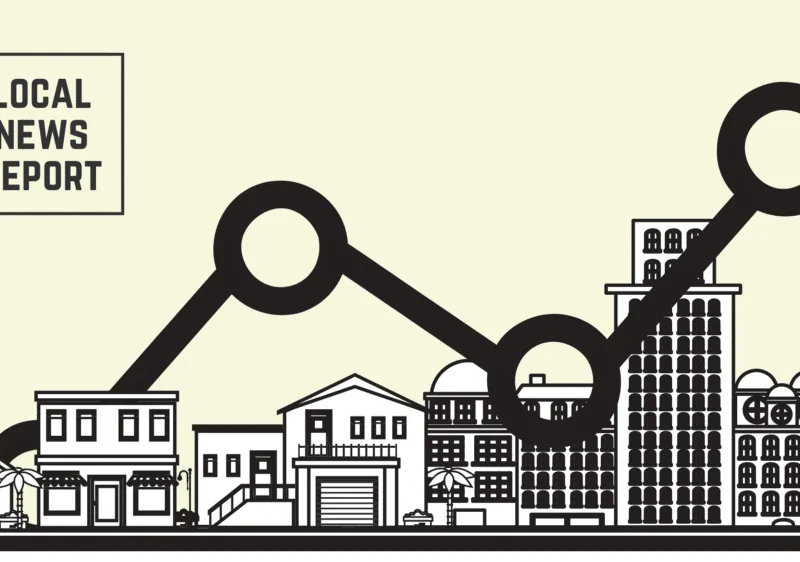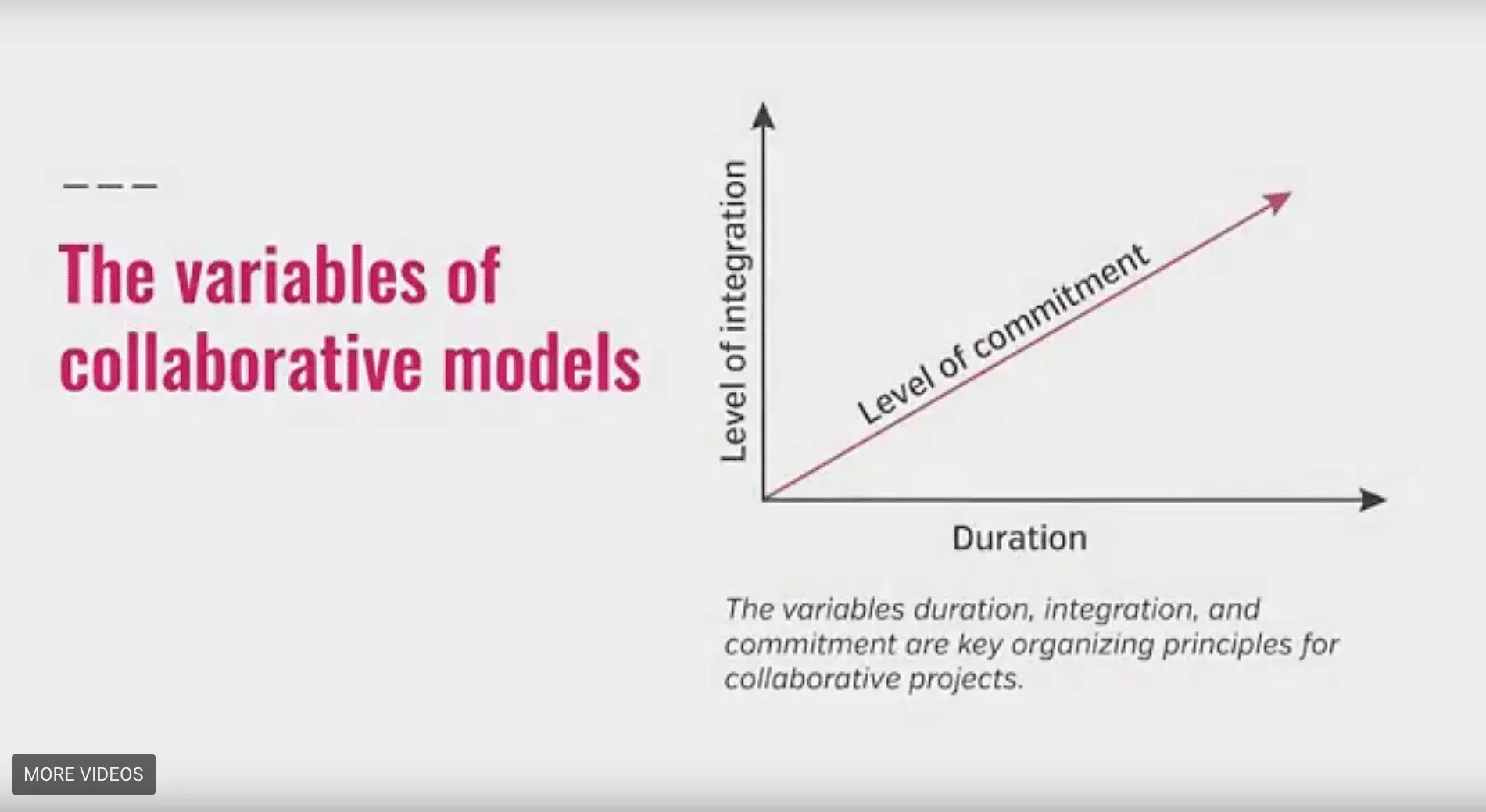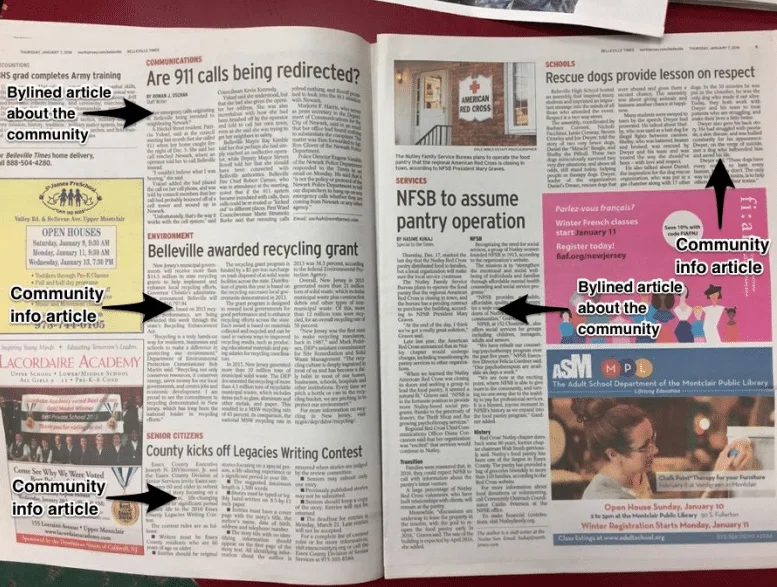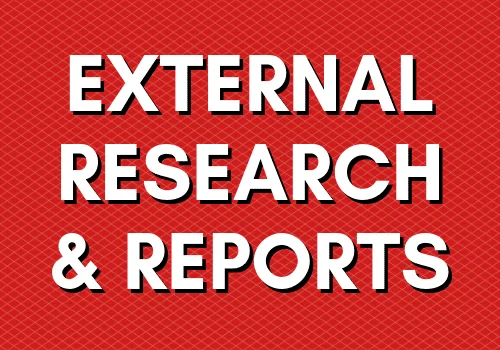NJ local news providers (2025)
MARCH 2025 – Overall, we have found more than 750 news outlets currently providing local news coverage in New Jersey, a slight decrease from our 2020 count. Is your news organization on our list? Is the information we have accurate? Please let us know. Take a look at the list below and let me know if you have suggestions for changes by emailing [email protected]. View the map and list of NJ local news providers here.
Notes on Civic Science, Vol. 1
OCTOBER 2024 – The first iteration of the Notes on Civic Science zine pulls together insights and observations from various sources. Future editions of the zine will evolve to incorporate more original data collection and analysis, featuring surveys, studies, and reviews. This approach aims to create a living document that not only reflects current trends but also adapts to the shifting landscape of civic science journalism. Read the first edition of Notes on Civic Science.
Report: New Jersey state advertising spending
OCTOBER 2024 – A new report by the Center for Cooperative Media at Montclair State University that analyzed state advertising spending shows the vast majority of ad dollars in New Jersey flow through 10 large advertising/marketing firms, and it’s hard to get transparent information on where money goes from there. Request a copy of the report here.
Characteristics of permanent U.S. journalism collaboratives
SEPTEMBER 2024 – As collaboration continues to grow in the media industry — a critical way to build resilience in a media ecosystem—we know that permanent journalism collaboratives will continue to be launched. This snapshot looks at how most are structured and is intended to provide a baseline understanding to help people looking to start or grow such collaboratives. Request a copy of the report here.
Diversity in New Jersey newsrooms
By David Coppini and Kareem El Damanhoury of Denver University
AUGUST 2024 – Our focus at the Center for Cooperative Media at Montclair State University is our home New Jersey, an incredibly diverse state, one rich with multiculturalism. We consider it part of our mission to ensure New Jersey media is representative of that diversity. But we’ve never had a good baseline of the diversity of the industry in New Jersey against which to measure, which is why we launched a statewide diversity survey of New Jersey journalists and newsrooms in January. Request a copy of the report here.
Taking Care: A guide for participatory and trauma-informed journalism
JUNE 2024 – In this richly detailed resource, ross draws on her extensive experience leading collaborative storytelling projects to offer practical tips and profound insights into how journalists can center care in their reporting process. By sharing lessons learned from her work directing the award-winning “After the Assault” project with CapRadio in Sacramento, she provides a roadmap for creating journalism that not only informs, but also supports healing, builds trust, and catalyzes positive change. Request a copy of the full guide here.
Civic science journalism collaborations: A look at 12 experimental projects
By Stefanie Murray, AmyJo Brown, Catherine Devine, and Hanna Siemaszko
MAY 2024 – Over the course of 2023, the Center for Cooperative Media at Montclair State University worked in partnership with Rita Allen Foundation to facilitate 12 grants of $15,000 each that supported civic science and journalism collaborations. The organizations chosen to receive the grant were wide-ranging, including science focused organizations as well as newsrooms. Half of the projects were related to climate and earth science, with two focused on air quality, one on flooding, one on climate change, one on water testing, and one on water management policy. Download the full report here.
The state of ethnic and community media in New Jersey
MAY 2023 – The Center for Cooperative Media at Montclair State University first published “The state of ethnic and community media serving New Jersey” report in 2019. The report sought — for the first time — to quantify the volume of ethnic and community media outlets in New Jersey and provide qualitative data about their businesses, audience and key characteristics. The Center updated this analysis in 2022 and early 2023, conducting another comprehensive and statewide sweep of the community and ethnic news outlets in the Garden State. Download the full report here.
Information needs assessments in three New Jersey communities: What residents in Blairstown, Paterson and Trenton need from their local news outlets
MARCH 2023 – Funded by a Google News Initiative North American challenge grant, this research was designed to help three nascent news and information outlets better understand the information needs of their communities. The research included an online survey asking community members questions about how they find local news and information, what kinds of topics they are most interested in, and their general feelings about their towns. Download the full report here.
Cross-field collaboration: How and why journalists and civil society organizations around the world are working together
MARCH 2022 – We define cross-field collaboration as a partnership involving at least one journalism organization and one civil society organization (usually an advocacy organization but not always) in which they work together to produce content in the service of an explicit ideal or outcome. Civil society organizations include NGOs, universities, civic tech and arts organizations, among others. We analyzed 155 cross-field collaborations, involving 1,010 organizations, based or working in 125 countries around the globe. Increasingly impatient with a lack of impact from investigative projects, journalists have become more willing to partner with civil society organizations, many of whose reason for being is making change. Download the full report here.
What makes for robust local news provision?
FEBRUARY 2021 – How can knowledge about the structural correlates of local news provision be used to help solve the local journalism crisis? The method introduced here suggests that mapping local news provision by coverage area (rather than where an outlet is based) provides a more accurate accounting of which communities are covered. News provision is then correlated to various structural characteristics of municipalities: median household income, average educational attainment, character of the community (rural, suburban, urban), municipal spending, and demographic makeup (percentage African American and percentage Hispanic). View the results in the full paper, here.
News Ecosystem Mapping Project
APRIL 2020 – Welcome to our local news provider map, housed at newsecosystems.org. This is our inaugural effort to map the local news providers serving New Jersey, and in the process identify potential local news deserts. We hope this map and its attendant search function will be useful to many audiences, including funders, academics, and the general population who want to discover local news providers near them.
Collaborating for change: Approaches to measuring the impact of collaborative journalism
AUGUST 2020 – Collaborative journalism, once unfathomable in an industry ruled by competition and the threat of being scooped, has now become commonplace. Collaboration is seen as an effective way to share resources and stretch the thinnest of budgets, to share expertise and data, and to include diverse sources in reporting. And, perhaps most important, collaborative efforts reach larger, more diverse audiences than stories published by a single organization – right?
Adapting to the changing climate: How collaboration addresses unique challenges in climate-change and environmental reporting
JULY 2020 – Climate-reporting collaborations, in which a news organization or journalist joins forces with other news organizations or affiliated groups to cover climate change and the environment, have rapidly expanded over the past decade. This report provides an overview of this trend; it establishes reasons why collaboration is well-suited to address the unique challenges of reporting on climate change and the environment; and finally, this research outlines potential opportunities and needs within this subfield for journalists and funders to consider.
Innovation in public funding for local journalism: A case study of New Jersey’s 2018 Civic Information Bill
MAY 2020 – This article explores an effort to direct state-level public funds toward journalism by using a national policy window combined with an intensive grass-roots effort. Author’s Sarah Stonbely, Matthew Weber, and Chris Satullo use the lens of Kingdon’s policy process model to showcase dynamics that contribute to the media policymaking literature.
The Journalism Pipeline: The state of journalism in New Jersey public high schools
APRIL 2020 – The lack of research at the high school level was a key reason the Center for Cooperative Media at Montclair State University decided to study the prevalence of journalism education in New Jersey’s public high schools and the journalism they are (or are not) producing. This work is part of the Center’s ongoing research into local news ecosystems in New Jersey and its mission to support journalism in the state. It is the Center’s hope that this work will be replicated in other U.S. states.
The state of ethnic and community media in New Jersey
By Sarah Stonbely, PhD and Oni Advincula
JUNE 3, 2019 – This report catalogues the ethnic and community news outlets serving New Jersey, provides both quantitative and qualitative description of their operations, and discusses both achievements and challenges that are common among them. The report concludes with recommendations for how the Center and others might support them as they continue to serve as crucial news and information providers to their respective communities.
Health and wealth in local news: Examining community wealth, publisher background, source of revenue
OCT. 11, 2018 – This research looks at the influence of three commonly cited features on the success of digital local news outlets: the background of the publisher, experimentation with different revenue streams, and the wealth of the surrounding community. Of the three, only the wealth of the community is statistically correlated with “success” (which we define as organizational longevity + three indicators of economic success).
What do New Jersey news consumers want? Assessing satisfaction with local news
MAR. 29, 2018 – Local news outlets are competing for the attention of their audiences like never before. In the current high-choice environment, what can local news providers do to make sure their news is valuable to their audiences? Likewise, what kinds of data do organizations whose missions are to support and strengthen local news need to do their work? This report lays some groundwork for answering these questions.
Comparing models of collaborative journalism
SEP. 29, 2017 – In her research, Stonbely focused on cooperative arrangements, formal and informal, between two or more news and information organizations which aim to supplement each group’s resources and maximize the impact of the content produced. She separates various kinds of collaboration by comparing levels of integration versus time, which, when viewed on a matrix, creates six models of collaborative journalism
Layoffs in Local Newsrooms: Documenting the changing New Jersey local journalism ecosystem (2016-17)
MAR. 17, 2017 – New Jersey saw significant cuts to its journalism corps in 2016. This was primarily due to the acquisition of North Jersey Media Group by Gannett Co. and ensuing layoffs, although other media organizations contracted as well. This report seeks to document the North Jersey layoffs and to provide more detail about who and what was lost to the local journalism ecosystem in the process. What impact did these layoffs have on the news and information provided by these outlets? Our research found clear evidence of decreases in substantive community news and information.





